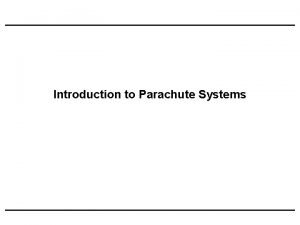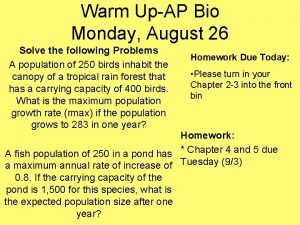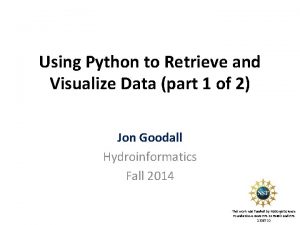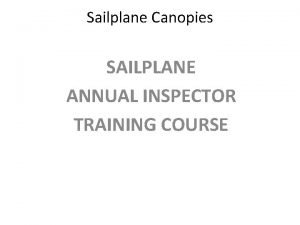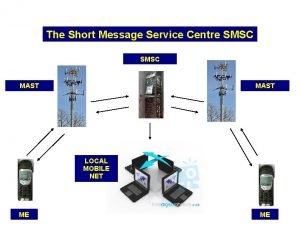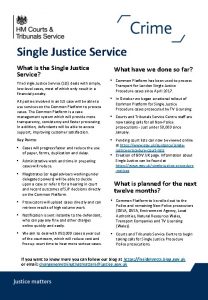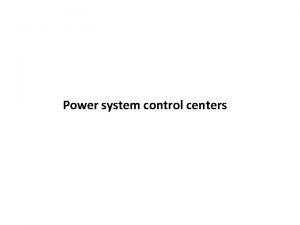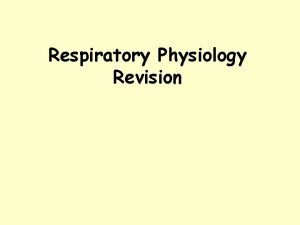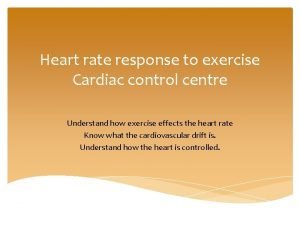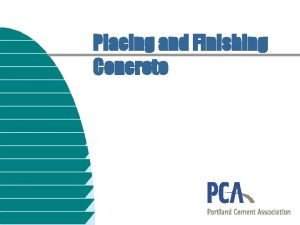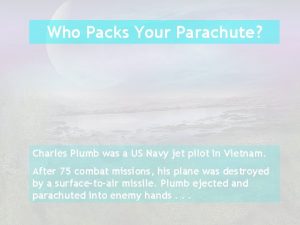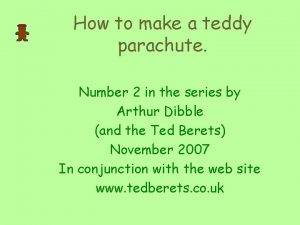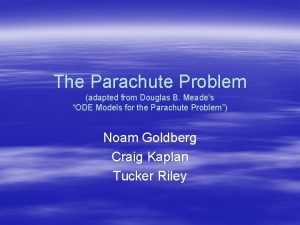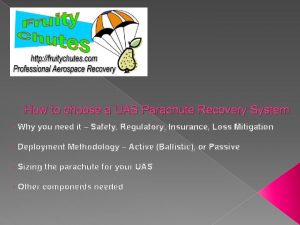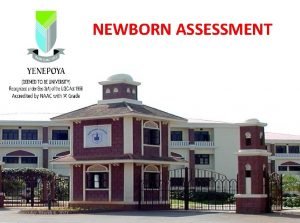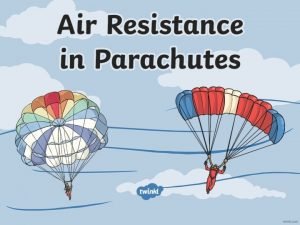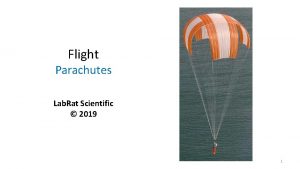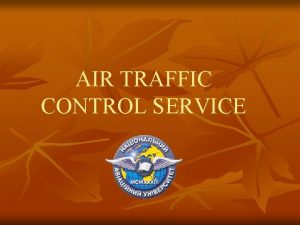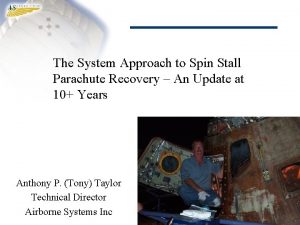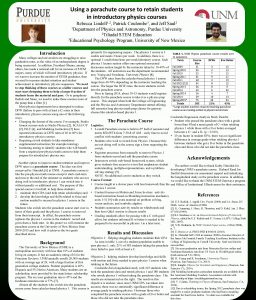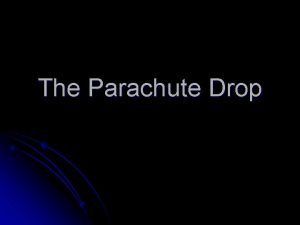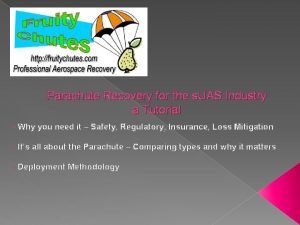JOINT SERVICE PARACHUTE CENTRE NETHERAVON CANOPY CONTROL The




















































- Slides: 52

JOINT SERVICE PARACHUTE CENTRE NETHERAVON

CANOPY CONTROL

The Aim To teach you how to achieve a SAFE controlled descent and landing

Ram Air Parachute System (RAPS)

Ram Air Parachute Characteristics Highly manoeuvrable Rectangular in shape Forward speed of 20 - 25 mph (depending on body weight) Turns quickly Can glide long distances


How the Canopy Works Aerofoil shape - wing design Open cell front allows air to be rammed in Produces a Semi-rigid wing Low & high pressure create lift

Ram Air Parachute - Modes of Flight Toggle Full Drive Toggle Half Brakes Full Brakes

How The Canopy Turns Toggles are attached to steering lines Steering lines are attached to the tail


Full Depression Turns Rapid loss of height Dangerous close to ground Continuous turns cause fast spirals

Warning Don, t spiral below 1500 ft

Any Questions?

Wind Drift Indicator Length & weight Thrown from 2500 ft Simulates a student canopy J/M can determine the correct opening point

AIRCRAFT RUN IN ---------------------WIND DIRECTION STUDENT CROSS

WIND DIRECTION

AIRCRAFT RUN IN ---------------------- WIND DIRECTION W D I OPENING POINT

• HOLDING • RUNNING • CRABBING • WIND LINE

ANY QUESTIONS?

Flight Drills 1. Check canopy 2. Pump brakes twice 3. All round observation

LOOK UP AROUND DOWN

4. Locate the DZ Not necessarily over the DZ Depends on wind speed Use reference points to locate DZ Move to holding area




HOLDING AREA

5. Assess Drift Over holding / play area Hold into wind Assess the wind strength

ANY QUESTIONS?

Flight Drills 1. Check canopy 2. Pump brakes twice 3. All round observation 4. Locate the DZ (move to holding area) 5. Assess wind

Experiment If the wind conditions are not too strong, carry out the following exercises (over DZ) 360 left turn 360° right turn 3 practice flares

During Your Flight Always Remember: - All round observation Altitude awareness Location of the PLA

The Landing Pattern

LANDING PATTERN (left-hand circuit) Play Area (up wind)

LANDING PATTERN (left-hand circuit) Play Area _ _ __ _ _ 0 ft _ Downwind Leg_ 100 _ _ _ __ _ (up wind)

LANDING PATTERN (left-hand circuit) Play Area __ _ _ __ __ Base Leg _ _ 500 ft _ _ _ 0 ft _ Downwind Leg_ 100 _ _ _ __ _ (up wind)

LANDING PATTERN (left-hand circuit) Play Area __ _ _ 0 ft _ Downwind Leg_ 100 _ _ _ __ __ Base Leg _ _ 500 ft _____ Final Approach 300 ft _ (up wind)

UPWIND HOLDING AREA D O W N W I N D L E G 1000 FT

UPWIND HOLDING AREA D O W N W I N D 1000 FT L E G 500 ft BASE LEG

UPWIND HOLDING AREA F I N A L 1000 ft D O W N W I N D L E G 500 ft BASE LEG A P P R O C H 300 ft

Landings Smooth flare from full flight (10 ft, 2 - 3 sec's from the ground)

• If you flare too high - keep the toggles depressed & adopt the PLF position • If you flare too low - flare quickly & PLF

ANY QUESTIONS?

Flight Drills 1. Check canopy 2. Pump brakes twice 3. All round observation 4. Locate the DZ (move to holding area) 5. Assess drift

Experiment

The Landing Pattern

Turbulence Causes: thermals wind deflected over buildings Effects: canopy buffeting Cure: fly on third brakes until through turbulence

Common Problems (Nuisance Factors)

Toggle Released Prematurely Release other toggle and carry on with flight drills

SLIDER UP PUMP TOGGLES TWICE

END CELL, CLOSURE & SLIDER UP PUMP TOGGLES

TWISTS CHECK CANOPY KICK OUT OF TWISTS GRASP TOGGLES

ANY QUESTIONS ?
 Parts of a parachute canopy
Parts of a parachute canopy Centroid in engineering mechanics
Centroid in engineering mechanics Center of gravity for different shapes
Center of gravity for different shapes Spool joint vs break joint
Spool joint vs break joint Costotransverse ligament
Costotransverse ligament Is a technique of making permanent joint
Is a technique of making permanent joint Joint venture account is a
Joint venture account is a Break joint vs spool joint
Break joint vs spool joint Symphyses
Symphyses Medicina upap
Medicina upap Rainforest layers facts
Rainforest layers facts Motorola canopy wireless
Motorola canopy wireless Motorola canopy hack
Motorola canopy hack Emergent canopy understory forest floor
Emergent canopy understory forest floor Plant canopy analysis
Plant canopy analysis Enthought canopy review
Enthought canopy review Bud light canopy
Bud light canopy Mecaplex canopy
Mecaplex canopy Nslsc ontario
Nslsc ontario Short message service centre
Short message service centre Nf relation client
Nf relation client Single justice service
Single justice service Ict service centre
Ict service centre Structure of power system
Structure of power system Respiratory control centre
Respiratory control centre European centre for disease prevention and control
European centre for disease prevention and control Cardiac control centre
Cardiac control centre Perbedaan operasi bersama dan ventura bersama
Perbedaan operasi bersama dan ventura bersama Darbying
Darbying Charles plumb
Charles plumb Léonard de vinci parachute
Léonard de vinci parachute Ping pong parachute launcher
Ping pong parachute launcher Jack description lord of the flies
Jack description lord of the flies Parachute number
Parachute number Parachute reflex
Parachute reflex Ascenseur fonctionnement
Ascenseur fonctionnement Straw egg drop project
Straw egg drop project Parachute problem differential equations
Parachute problem differential equations Fausto veranzio parachute
Fausto veranzio parachute Who packed your parachute poem
Who packed your parachute poem Co2 parachute launcher
Co2 parachute launcher Parachute symbolism
Parachute symbolism Popliteal angle test
Popliteal angle test Placing reflex
Placing reflex Man forgets parachute
Man forgets parachute Air resistance parachute
Air resistance parachute Jack welch golden parachute
Jack welch golden parachute Parachute
Parachute Hình ảnh bộ gõ cơ thể búng tay
Hình ảnh bộ gõ cơ thể búng tay Ng-html
Ng-html Bổ thể
Bổ thể Tỉ lệ cơ thể trẻ em
Tỉ lệ cơ thể trẻ em Chó sói
Chó sói
